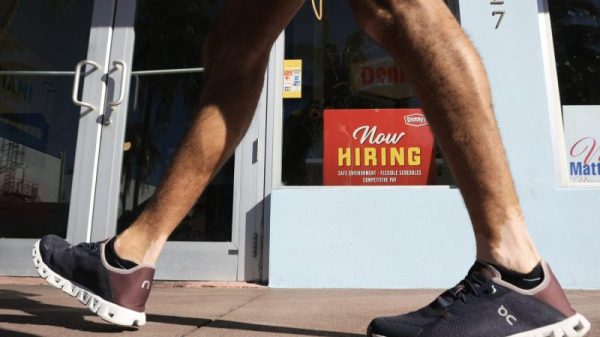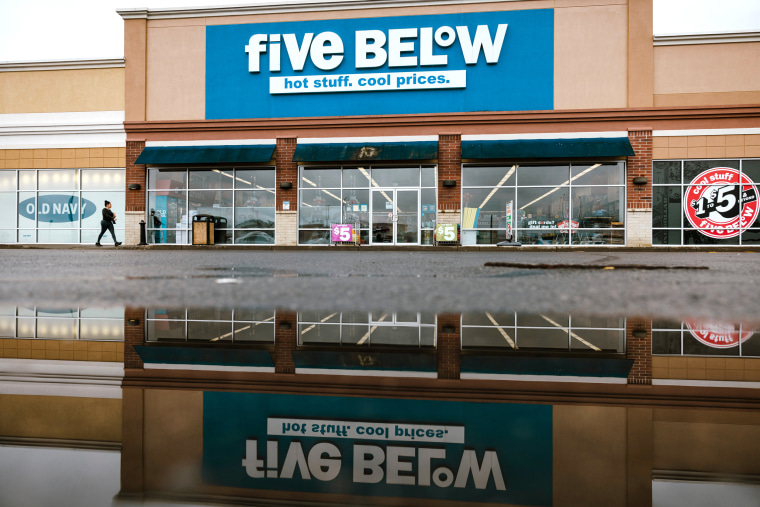Major Retailers Rethinking Self-Checkout Amidst Customer Feedback
The landscape of retail shopping is constantly evolving, and one of the most prominent changes in recent years has been the adoption of self-checkout systems in major stores. Designed to streamline the checkout process and provide a faster and more efficient shopping experience, self-checkout kiosks have become a common sight in supermarkets, department stores, and other retail outlets around the world. However, a recent trend has emerged as major retailers are reevaluating their self-checkout strategies in response to customer feedback and changing consumer preferences.
One of the primary reasons major retailers are backtracking on self-checkout is the unintended consequences of these systems on customer satisfaction. While self-checkout kiosks were initially introduced to make the checkout process quicker and more convenient, many customers have found them to be frustrating and complicated to use. In some cases, self-checkout systems can be confusing, leading to errors and delays that negate any time savings.
Another factor driving major retailers to reevaluate their self-checkout strategies is the impact on customer service and personal interactions. With self-checkout kiosks, there is often a lack of human interaction during the shopping experience, which can diminish the overall customer experience. Many consumers value the convenience of self-checkout but also appreciate the personal touch of interacting with a cashier or store employee during the checkout process.
Moreover, there are concerns about the impact of self-checkout systems on employment opportunities within the retail industry. As major retailers continue to invest in automated technology such as self-checkout kiosks, there is a risk of displacing traditional cashier roles and reducing job opportunities for human workers. This has raised ethical questions about the long-term implications of relying too heavily on automation in retail environments.
In response to these challenges, major retailers are exploring alternative strategies to improve the overall shopping experience for their customers. Some retailers are focusing on enhancing the user interface and functionality of self-checkout kiosks to make them more user-friendly and intuitive. By investing in better technology and providing clear instructions, retailers can mitigate some of the frustrations associated with self-checkout systems.
Additionally, retailers are experimenting with hybrid models that combine self-checkout options with traditional cashier lanes to offer customers a choice based on their preferences. This approach allows retailers to cater to a wider range of customer needs and strike a balance between the efficiency of self-checkout and the personal touch of human interaction.
Overall, the decision by major retailers to reevaluate their self-checkout strategies reflects a growing recognition of the importance of customer satisfaction and engagement in the retail industry. By listening to customer feedback, adapting to changing preferences, and finding innovative solutions, retailers can create a shopping experience that meets the needs of modern consumers while also preserving the human element that is essential to the retail experience. As the retail landscape continues to evolve, it is clear that finding the right balance between automation and personal service will be crucial for retailers to succeed in the future.






















